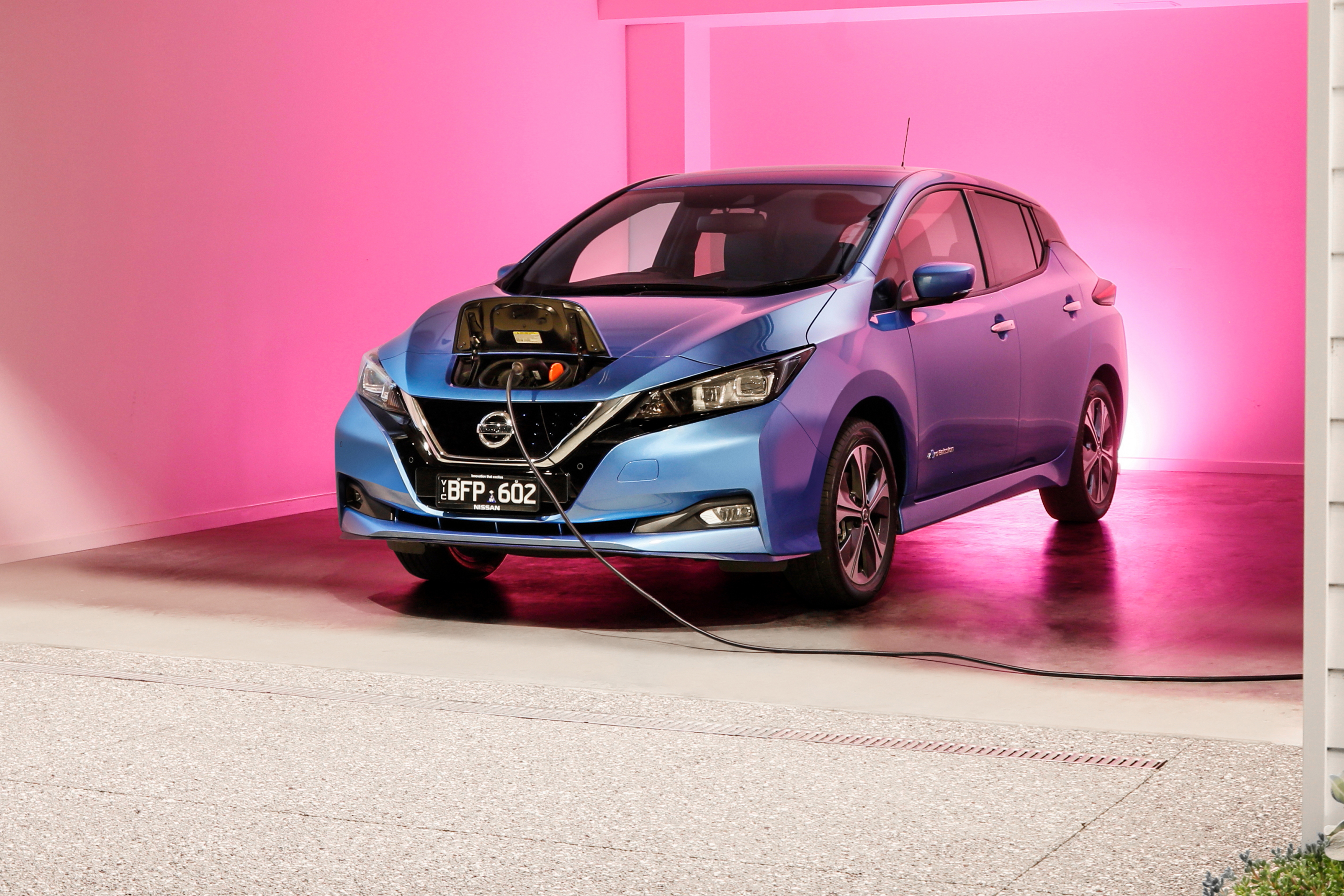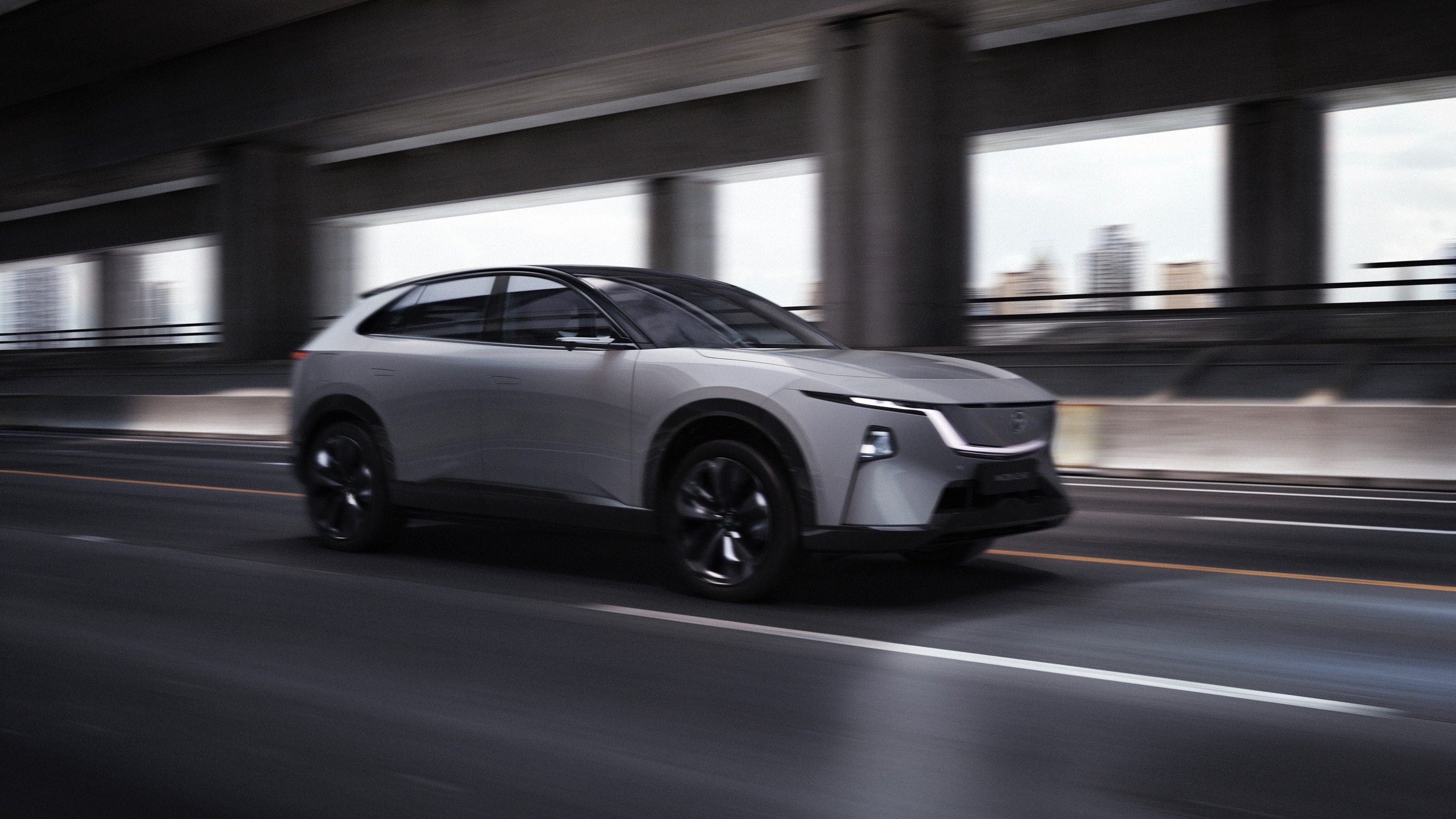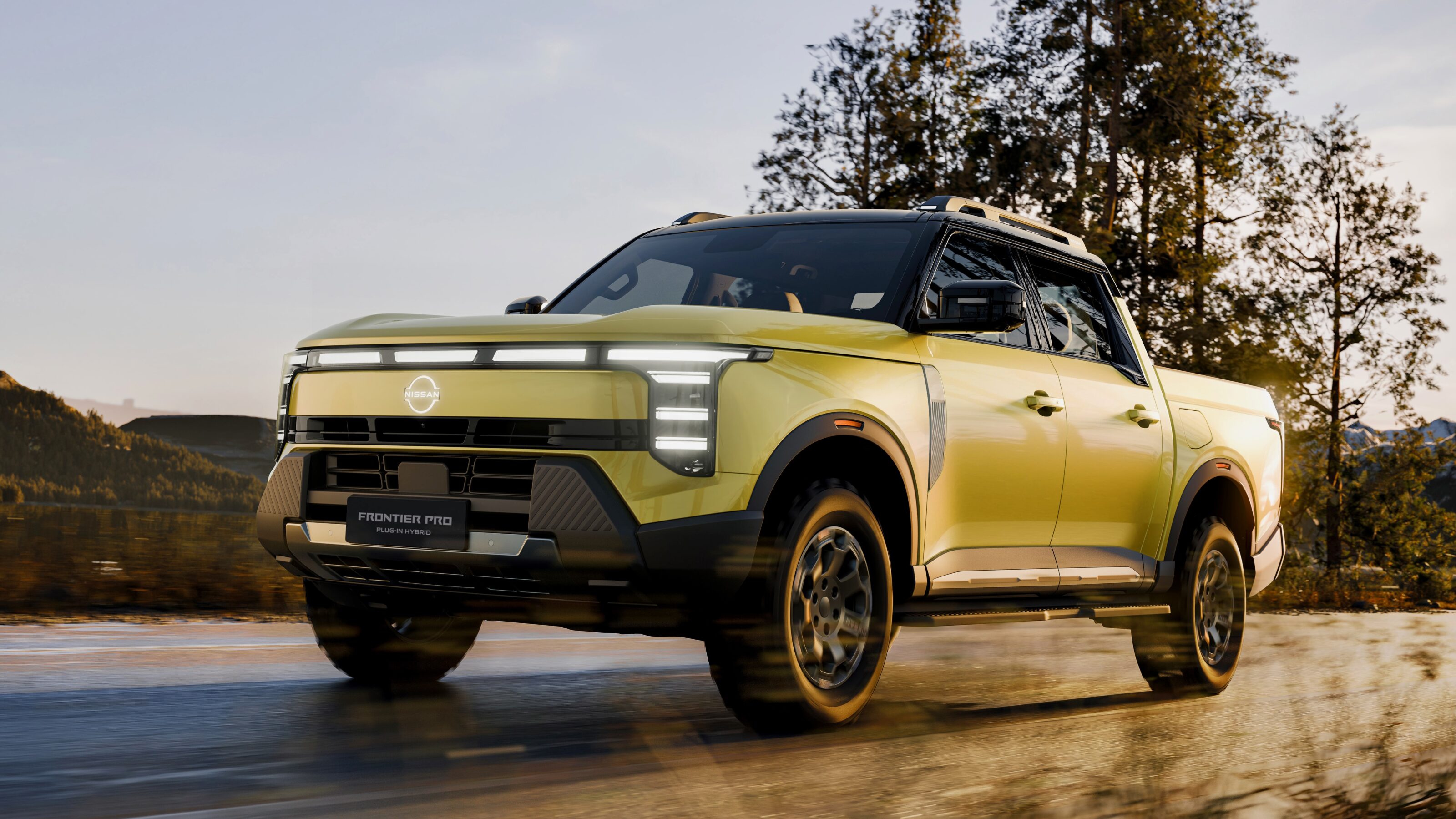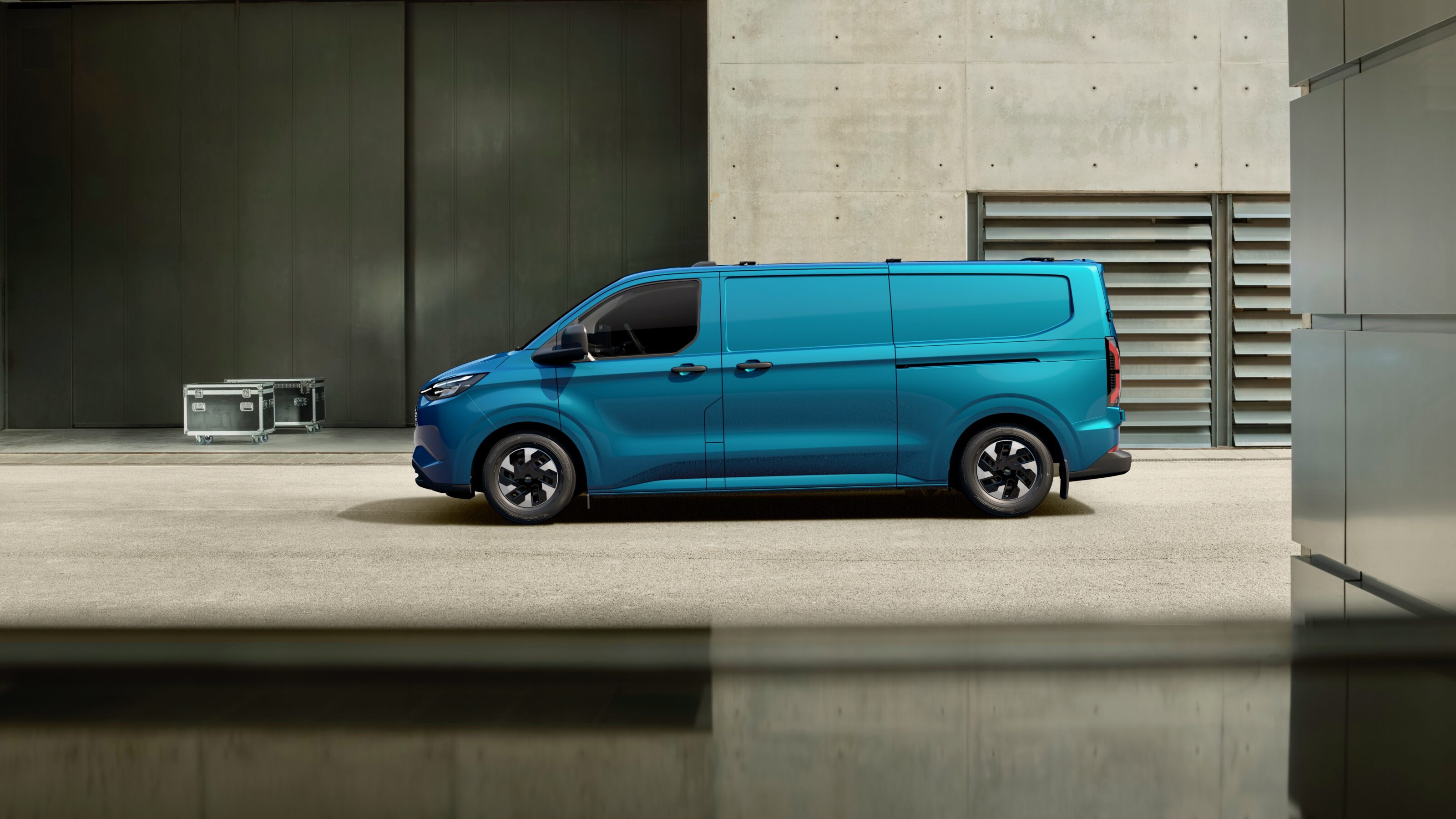Talking points
- Bigger-capacity battery boosts performance
- Range rises to 385km
- Price rises more than $10,000, but original 40kWh version still on sale
Nissan has introduced a new e+ high-performance variant of its electric Leaf hatchback wired with a more advanced battery that manages to squeeze in more than 50 per cent capacity, but the extra punch comes at an eye-watering increase in asking price.
For the 2021 update, the Japanese car maker has slotted in a special lithium-ion unit that grows from 40kWh to 62kWh with corresponding improvements to charging times, power and torque outputs as well as range.
But the higher-density battery adds a whopping $10,500 to the Leaf’s bottom line for a new starting price of $60,490 before on-road costs, representing a 21 per cent increase over the standard version.
Leaf fans that can’t stretch to the significant extra budget though, are still offered the original 40kWh version for $49,990 before on-road costs.
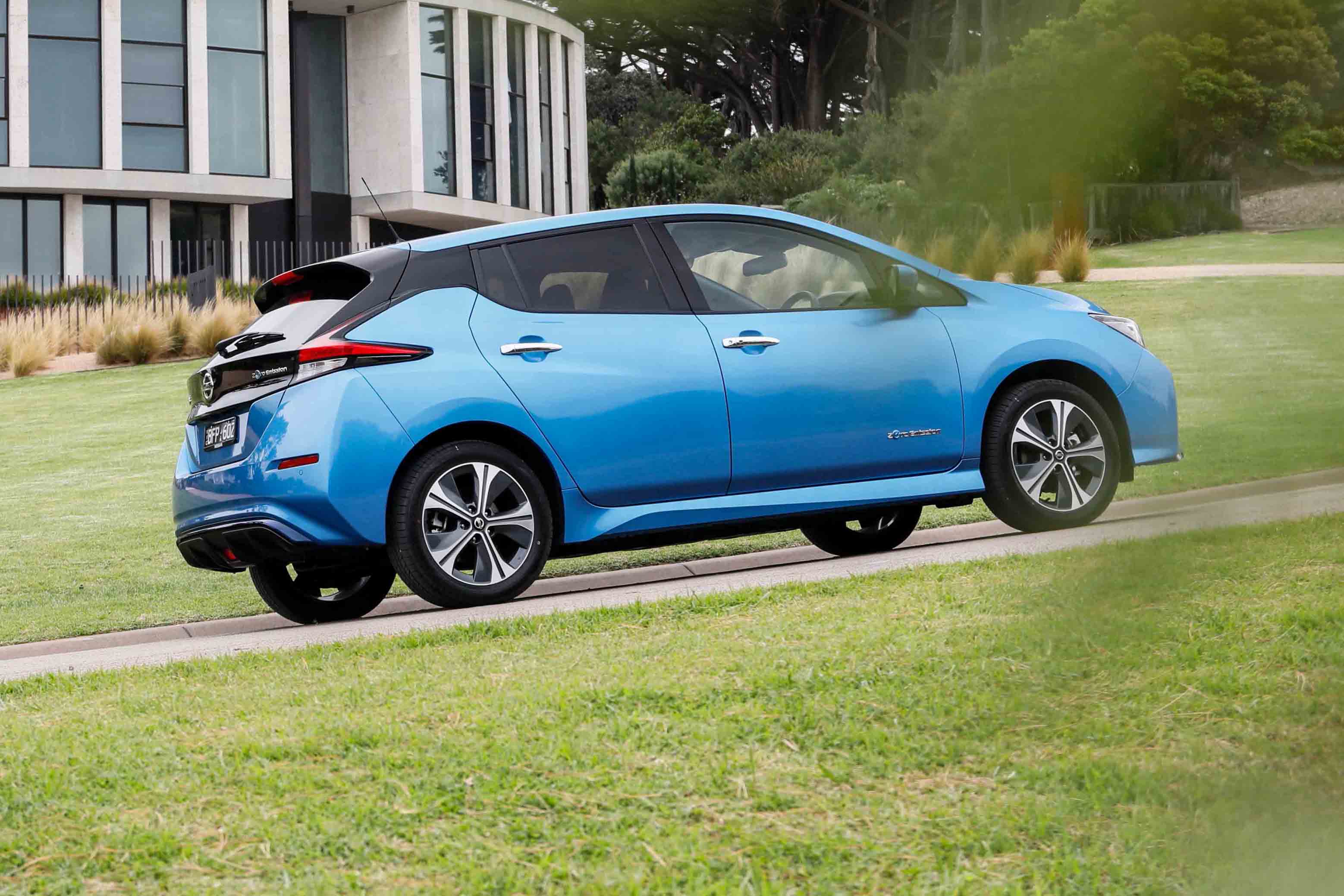
Nissan expects the new e+ to represent 40 per cent of Leaf sales which, if numbers from previous years can be repeated, will total about 150 Leaf e+ sales over a year. Meanwhile, the standard Leaf will make up about 250 sales – certainly not cash-cow figures for the brand but still important, says Nissan Australia’s managing director Stephen Lester.
“The Nissan Leaf is one the world’s most popular electric vehicles, the new Nissan Leaf e+ will only further that appeal by delivering more of what our customers love about their EV,” he said.
With its beefier battery, the e+ AC synchronous motor output rises from 110kW to 160kW, while torque rises from 320Nm to 340Nm.
The extra poke has slashed its 0-100km/h acceleration by a whole second from 7.9 seconds to a claimed 6.9 seconds, putting the new Leaf into performance hatch territory.
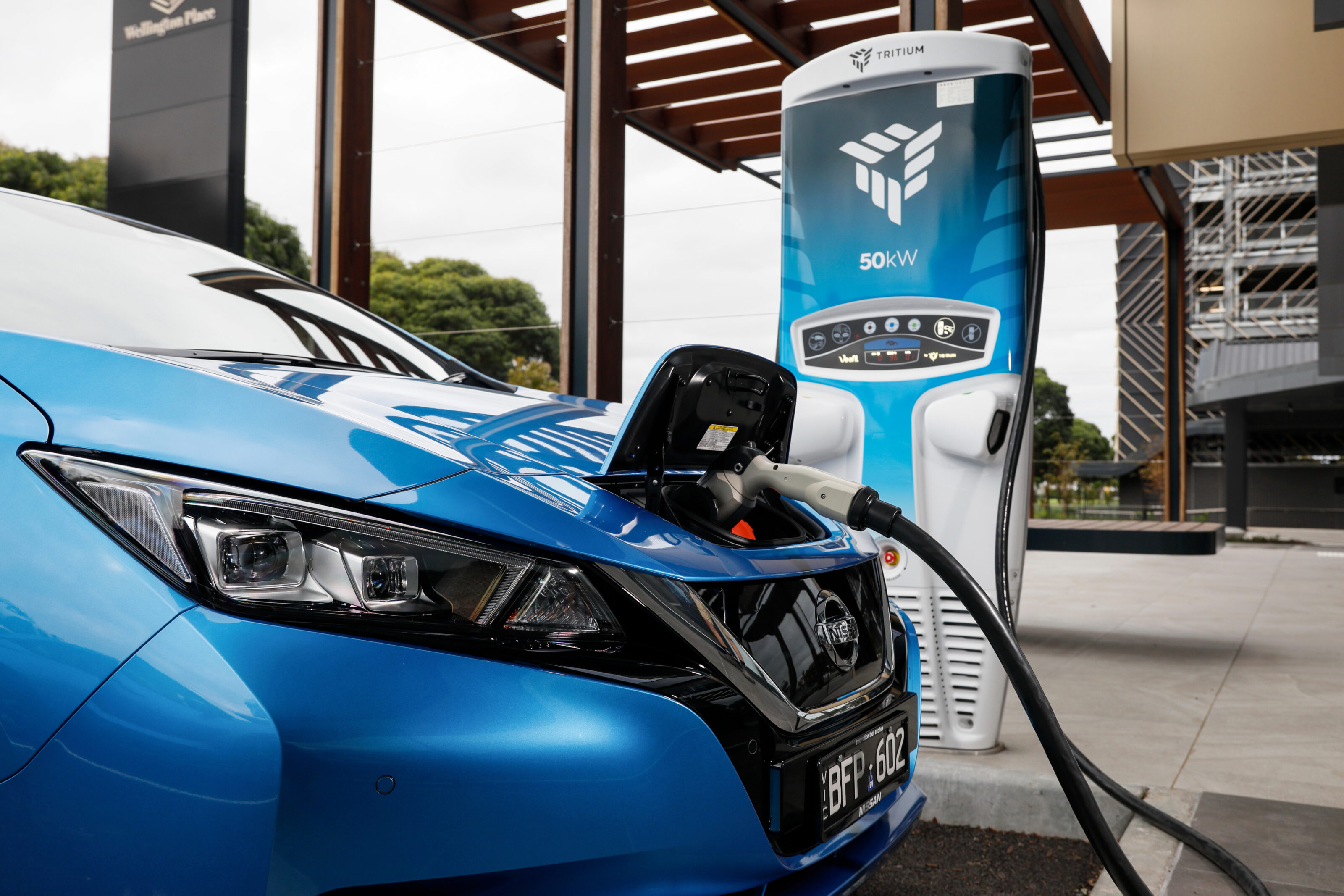
Driving range and charging
Additionally, the higher-capacity unit has increased the distance a Leaf can travel on a single charge from around 270km for the 40kWh battery version to 385km for the new e+.
That shifts the Leaf into a new endurance rank with a range that’s ahead of the Hyundai Ioniq (311km) but shy of the Audi E-Tron 55’s 400km maximum.
Despite its 55 per cent increase in capacity over the original Leaf battery, the new higher-density unit is physically only fractionally larger and has not impacted the Leaf’s cabin or luggage space. It does however, add about 150 extra kilograms to the kerb mass – now approximately 1730kg.
Faster charging options also accompany the uprated-battery Leaf. While the 40kWh version has a maximum charging rate of 50kW, the new 62kWh system supports 100kw charging.
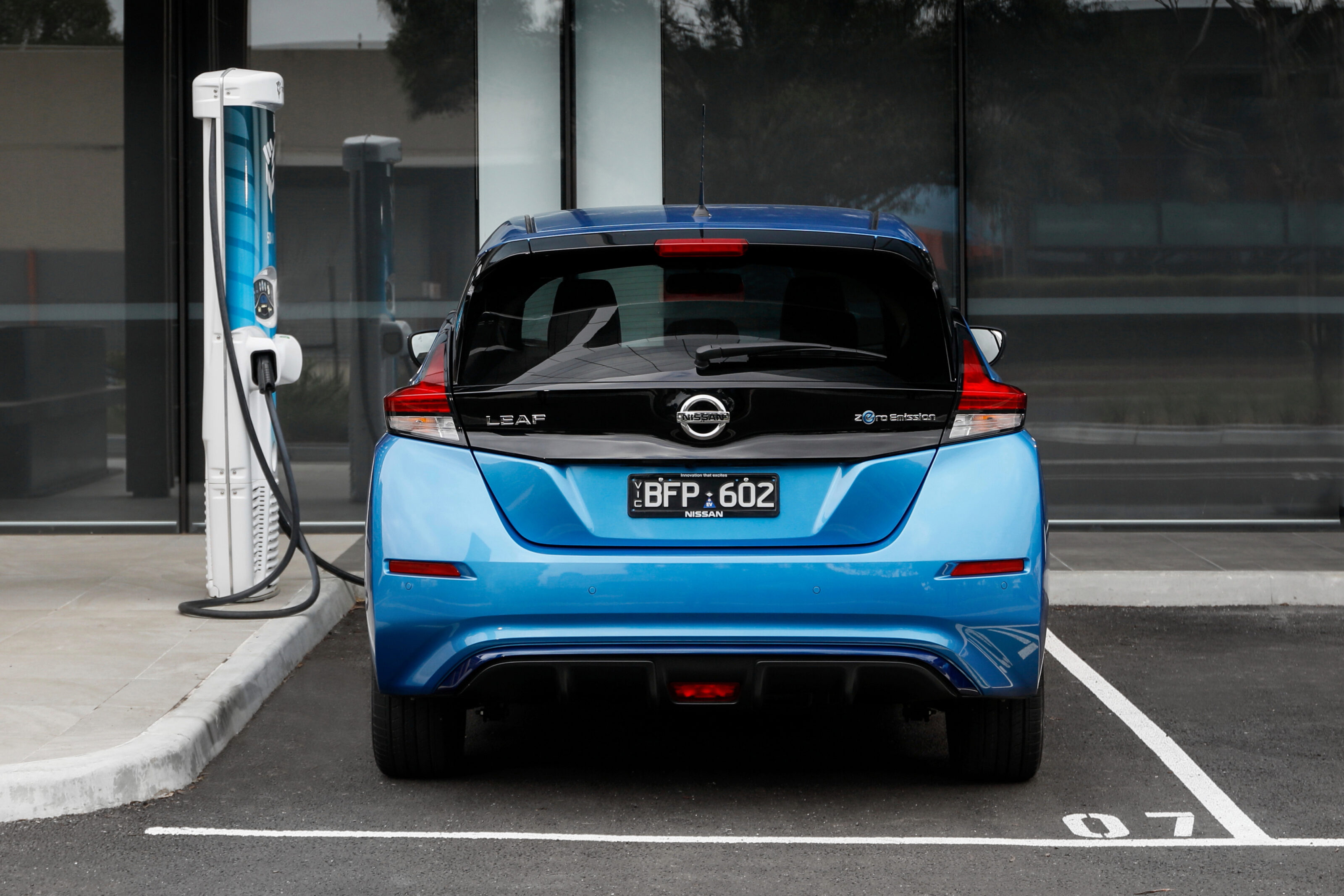
The correct fast-charging infrastructure is capable of topping up the Leaf battery from 20 per cent to 80 per cent in 45 minutes, while 50kW chargers will pump in the same in 1.5 hours.
With the most potent 7kW home charging system, 20 per cent to 80 per cent is complete overnight and a standard 230-volt home connection needs 32 hours for the same charge.
As before, the Leaf is still the only electric car that offers bi-directional charging options from the factory, says Nissan. That means the Leaf can not only draw power from the national grid or a home power-generation source, but it can also supply power back into the grid.
This so-called vehicle-to-grid, or V2G, enables Leaf owners a new level of energy flexibility, exploiting off-peak power prices, home power generation, and even emergency electricity supply, using the Leaf’s battery as a large power storage bank when parked at home – although the final logistics are still being worked through.

Any other updates?
Beyond the 2021 major powertrain update, the second-generation (ZE1) Nissan Leaf continues on unchanged. There’s room on board for five people, a 405-litre boot which expands with folding second-row seats and a space-saver spare wheel.
Convenience and safety technology features include; a half-digital-half-analogue drivers display, shift-by-wire gear selector, an 8.0-inch central touchscreen with navigation and smartphone mirroring, Bose sound system, heated steering wheel, front and rear seats, LED headlights and 17-inch wheels with low-resistance tyres.
It’s the same generous list of electronic safety and driver assistance kit as in the previous generation Leaf, which includes; autonomous emergency braking, lane-keep assist, blind-spot monitoring, rear cross-traffic alert and as mentioned, a 360-degree camera and active cruise control.
Capping it all off is a deal-sweetening five-year vehicle warranty, whereas the battery is covered by an eight-year guarantee that includes battery degradation.
We recommend
-
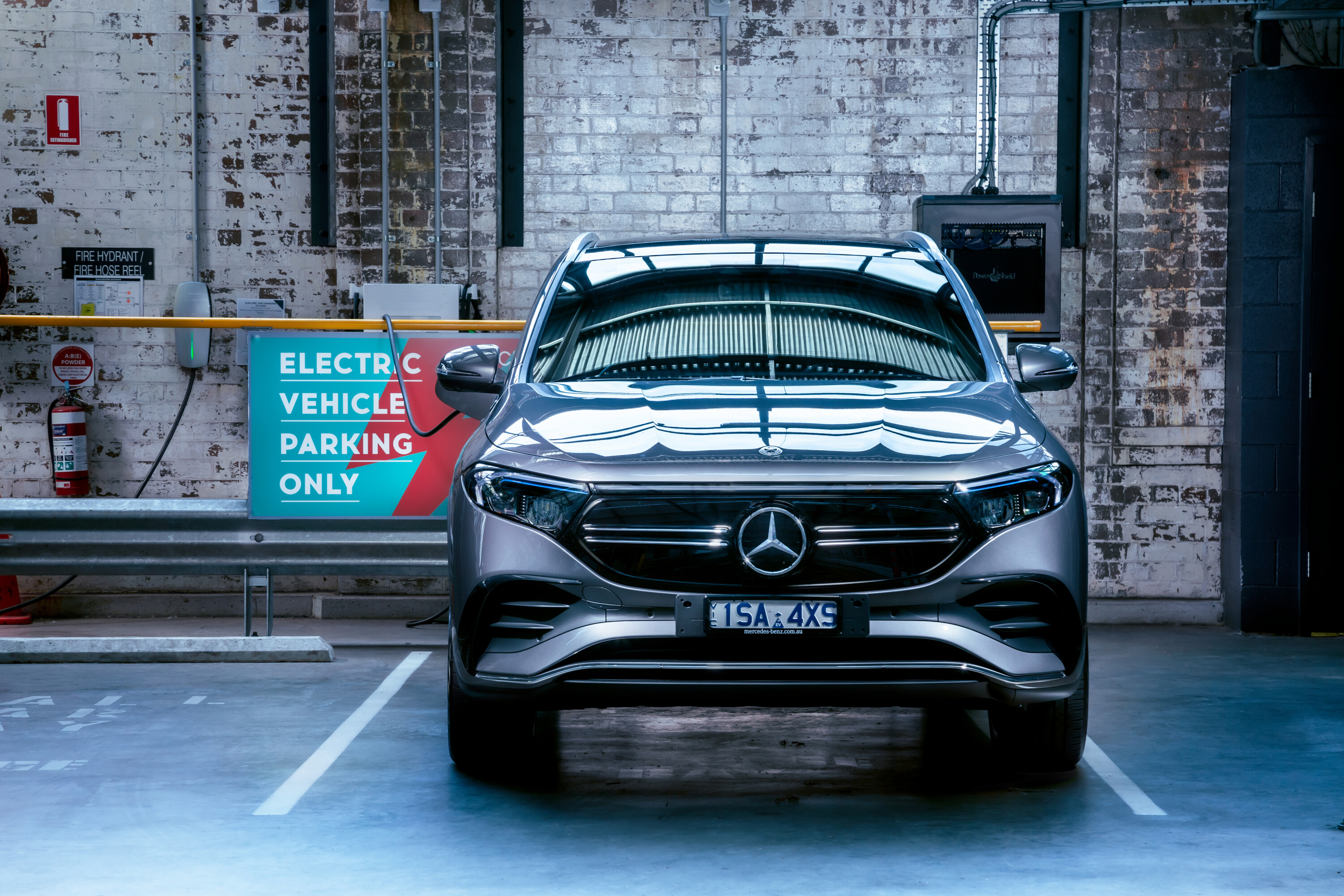 Advice
AdviceHow much does it cost to charge an electric car?
We outline the home charging and public charging network costs in this guide
-
 Reviews
ReviewsNissan Leaf review: Wheels spin
An evergreen carpark of rides at Wheels HQ gives us the perfect opportunity to take our readers for a quick spin. Short, sharp and to the point, Wheels spin is the quick read you need to get to know a car.
-
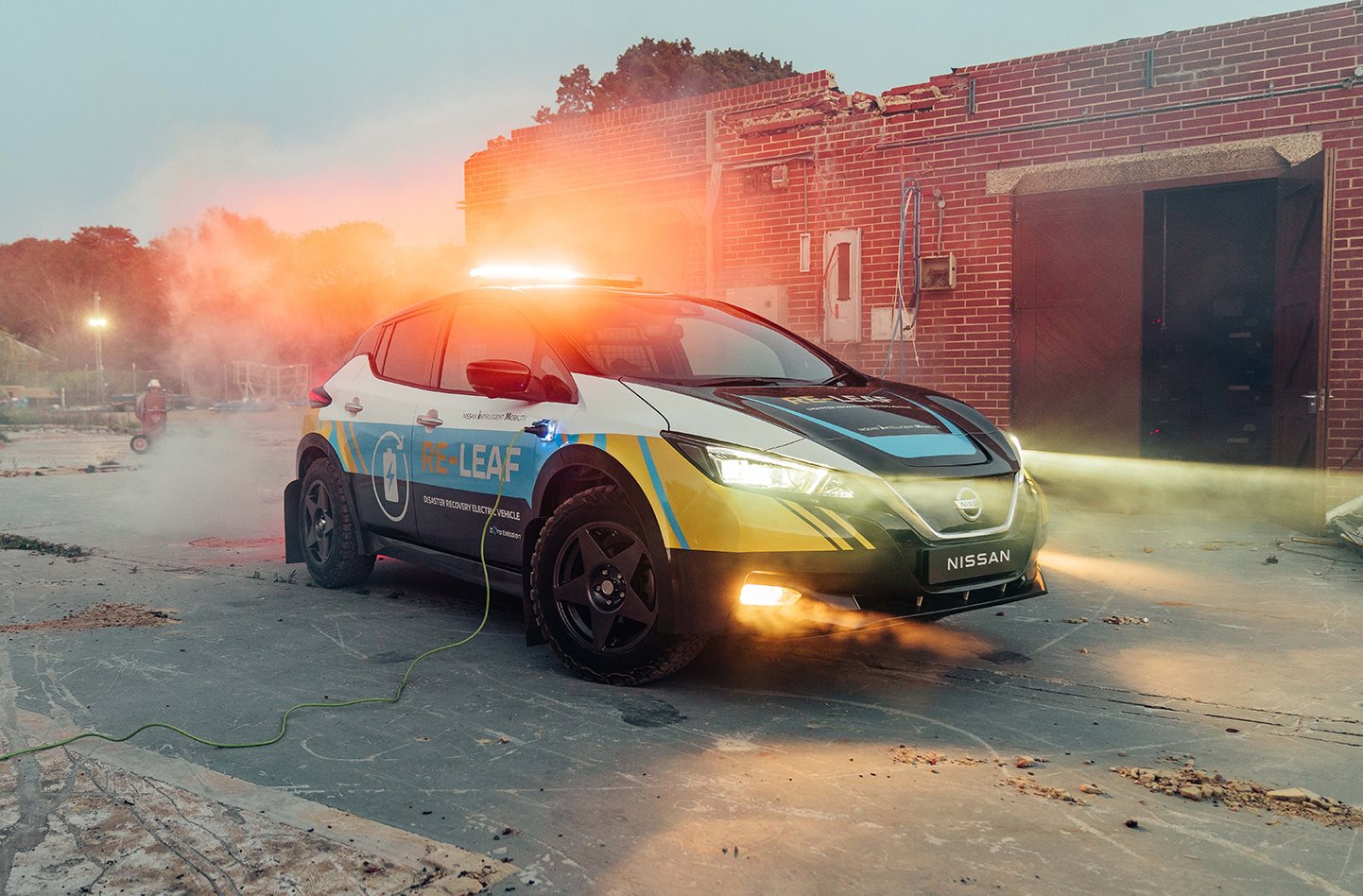 News
NewsNissan turns Leaf EV into a mobile emergency power station
Nissan's RE-LEAF concept shows how EVs can have broader applications and that a crossover version of the Leaf EV hatch wouldn’t be a terrible idea.


